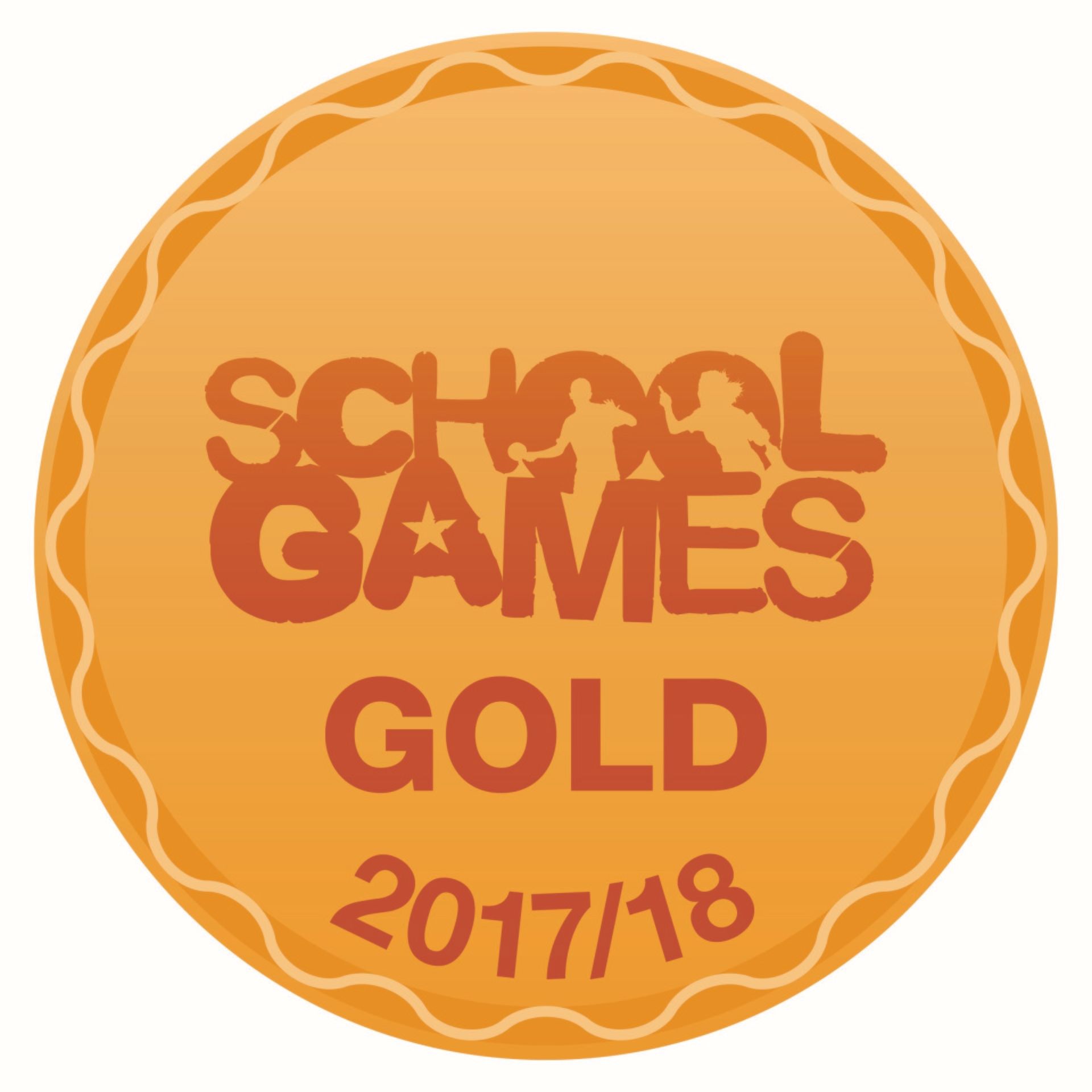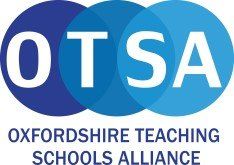Art and Design
We believe that high-quality Art lessons will inspire children to think innovatively and develop creative procedural understanding. Our Art curriculum provides children with opportunities to develop their knowledge and skills using a range of media and materials. Children learn the skills of drawing, painting, printing, collage, textiles, 3D work and digital art and are given the opportunity to explore and evaluate different creative ideas. Children will be introduced to a range of works and develop knowledge of the styles and vocabulary used by famous artists.
The knowledge and skills they acquire are applied to their cross-curricular topics, allowing children to use their art knowledge and skills to reflect on and explore topics in greater depth; for example, by sketching historical artefacts in detail, researching geographical locations to support their work on landscape painting or using art as a medium to express emotion and thought to enhance their personal, social and emotional development.
Many areas of art link with mathematical ideas of shape and space; for example, when printing repeating patterns and designs and thinking about 3D shapes to support structures.
It is paramount that art work be purposeful; be this as a means of expression or to explore the styles of other artists that inspire our own work.
Pupils should be clear what the intended outcomes are and have a means to measure their own work against this. In Art, children are expected to be reflective and evaluate their work, thinking about how they can make changes and keep improving. This should be meaningful and continuous throughout the process, with evidence of age-related verbal and written reflection. Children are encouraged to take risks and experiment and then reflect on why some ideas and techniques are successful or not for a particular project.




